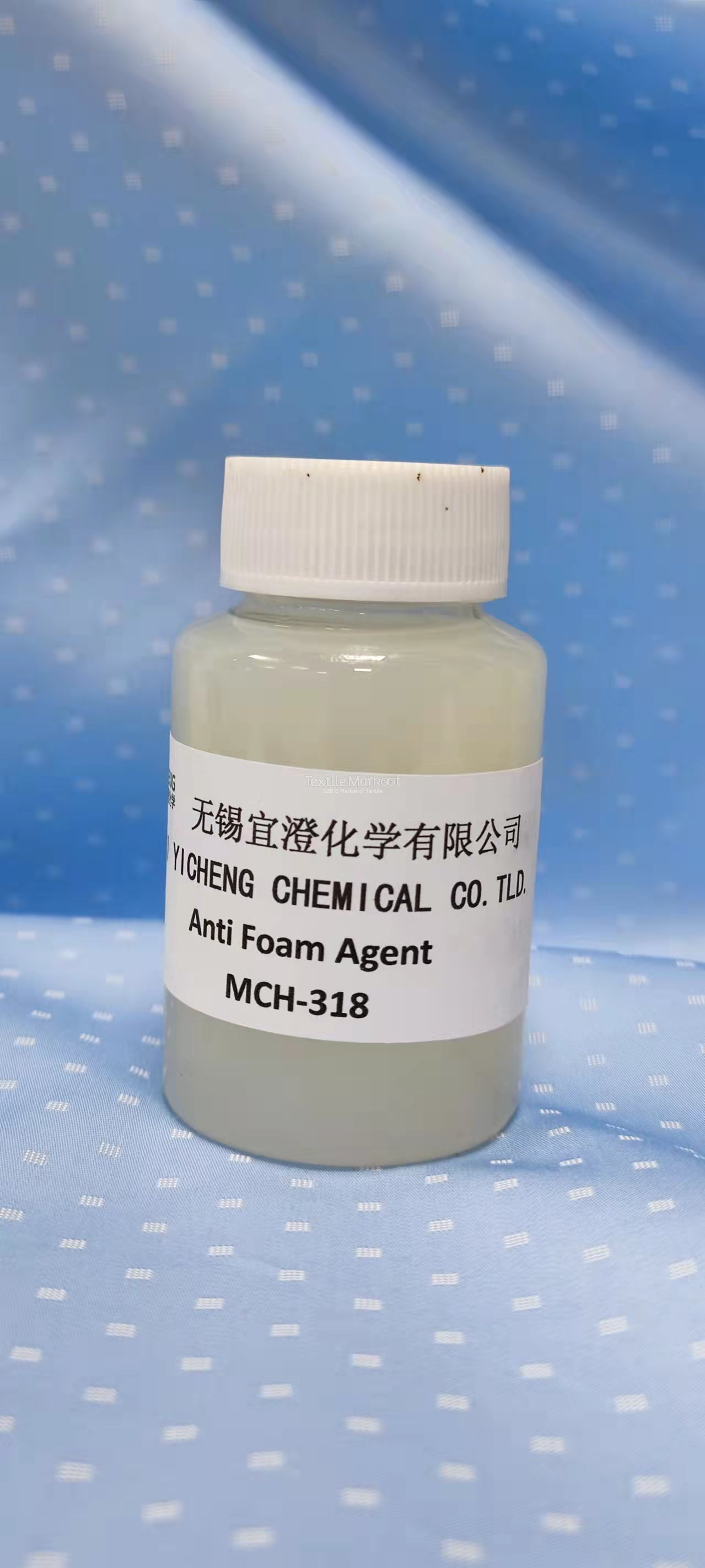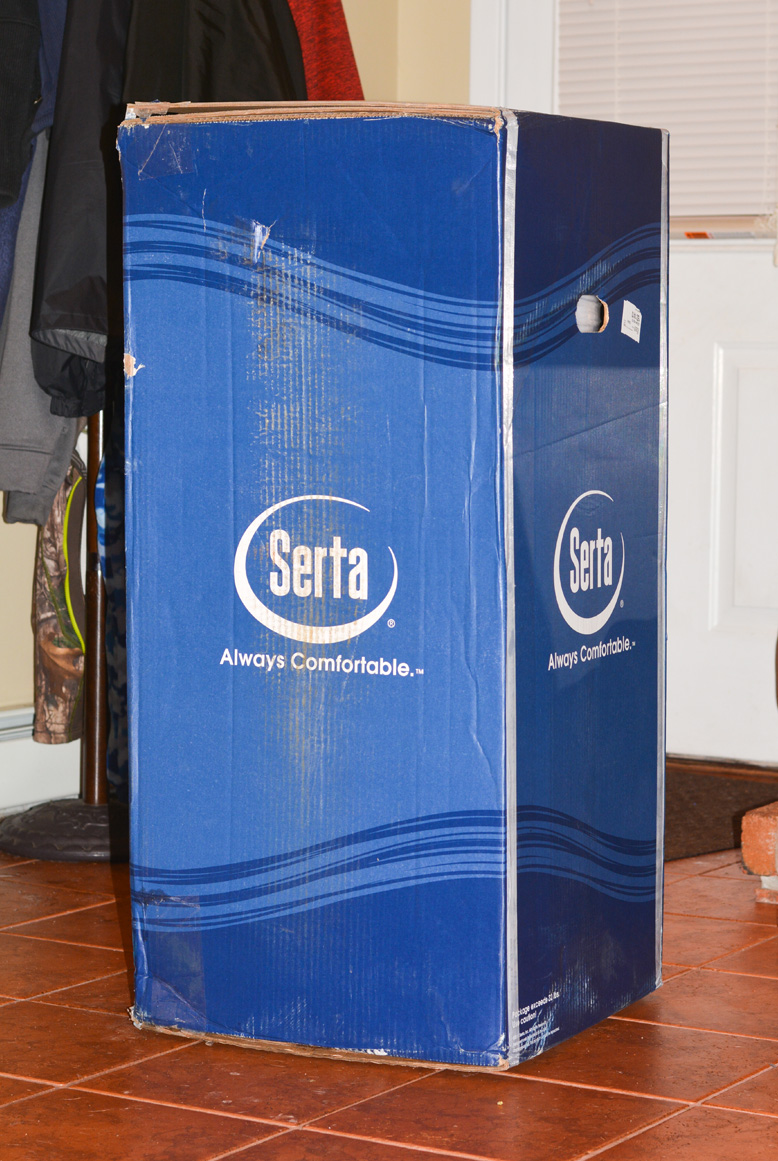Gel memory foam mattresses are becoming increasingly popular due to their ability to conform to the body and provide pressure relief. However, many people are concerned about the chemicals used in these mattresses. In this article, we will explore the top 10 chemicals found in gel memory foam mattresses and their potential impact on our health and the environment.Gel Memory Foam Mattress Chemicals
When it comes to gel memory foam mattresses, there are a few key chemicals that are used in their production. These include polyols, isocyanates, and flame retardants. Polyols are used to make the foam, isocyanates are used to bind the foam, and flame retardants are used to meet safety regulations. Polyols are typically made from petroleum-based chemicals or plant-based oils. While plant-based polyols are considered more eco-friendly, they may still emit volatile organic compounds (VOCs) that can be harmful to our health. Isocyanates are used to bind the polyols and create the foam. However, these chemicals have been linked to respiratory issues and skin irritation. They are also considered toxic to aquatic life and the environment. Finally, flame retardants are added to gel memory foam mattresses to meet flammability standards. These chemicals have been linked to various health concerns, including cancer, reproductive issues, and neurological problems.Chemicals Used in Gel Memory Foam Mattresses
The production process of gel memory foam mattresses involves mixing the polyols and isocyanates together to create a liquid foam. This mixture is then poured into a mold and allowed to expand and solidify. The foam is then cut and shaped into the desired mattress size. During this production process, there is a risk of exposure to the chemicals used. Workers in factories that produce gel memory foam mattresses may be at risk of respiratory issues and skin irritation. Additionally, the chemicals used in production can also leach out of the mattress and into our homes.Gel Memory Foam Mattress Production
As mentioned earlier, the chemicals used in gel memory foam mattresses can have a negative impact on our health. In addition to polyols, isocyanates, and flame retardants, other potentially harmful chemicals may be present in these mattresses. Toluene is a solvent commonly used in the production of gel memory foam mattresses. Exposure to toluene has been linked to respiratory issues, neurological problems, and kidney damage. Formaldehyde is another chemical that may be present in gel memory foam mattresses. It is used as a binder and can off-gas from the mattress, causing respiratory irritation, headaches, and nausea.Toxic Chemicals in Gel Memory Foam Mattresses
With the use of potentially harmful chemicals in production, there are concerns about the safety of gel memory foam mattresses. However, in recent years, there has been an increase in the production of eco-friendly and chemical-free gel memory foam mattresses. When purchasing a gel memory foam mattress, it is important to look for certifications and labels that indicate the use of safer materials. Some certifications to look for include CertiPUR-US, OEKO-TEX Standard 100, and GreenGuard Gold.Gel Memory Foam Mattress Safety
For those concerned about the environmental impact of gel memory foam mattresses, there are options available that use more sustainable materials. Plant-based polyols are one example, as they are made from renewable resources and emit fewer VOCs. Some companies also use natural materials, such as organic cotton and wool, in their mattresses. These materials are free from harmful chemicals and are biodegradable, making them a more environmentally friendly option.Eco-Friendly Gel Memory Foam Mattresses
As mentioned earlier, certifications are an important factor to consider when purchasing a gel memory foam mattress. These certifications ensure that the mattress has been tested and meets specific standards for materials and emissions. In addition to the certifications mentioned above, some other labels to look for include GOTS (Global Organic Textile Standard) for organic materials and USDA Certified Biobased for plant-based materials.Gel Memory Foam Mattress Certifications
If you are looking for a completely chemical-free gel memory foam mattress, there are options available. These mattresses are made with natural materials, such as latex and wool, which are free from harmful chemicals and are biodegradable. While these mattresses may be more expensive, they provide a safer and more environmentally friendly sleeping surface.Chemical-Free Gel Memory Foam Mattresses
One of the main concerns about gel memory foam mattresses is the off-gassing of chemicals. Off-gassing is the release of VOCs from the mattress, which can cause respiratory irritation, headaches, and other health issues. The level of off-gassing can vary depending on the type of foam and the chemicals used. However, choosing a mattress with certifications and opting for plant-based or organic materials can help reduce the risk of off-gassing.Gel Memory Foam Mattress Off-Gassing
While gel memory foam mattresses can provide pressure relief and a comfortable sleep surface, there are potential health concerns associated with the chemicals used in their production. These concerns include respiratory issues, skin irritation, and exposure to potentially toxic chemicals. It is important to do your research and choose a mattress with safer materials to minimize these risks. Additionally, proper ventilation and airing out your mattress before use can also help reduce the off-gassing of chemicals.Gel Memory Foam Mattress Health Concerns
The Benefits of Choosing a Gel Memory Foam Mattress with Minimized Chemicals

What is a Gel Memory Foam Mattress?
 A gel memory foam mattress is a popular choice for many people due to its ability to conform to the body's shape, providing support and pressure relief. It is made from a combination of memory foam and gel, which helps to regulate temperature and prevent overheating during sleep. However, there have been concerns about the chemicals used in the manufacturing process of these mattresses and their potential health risks.
A gel memory foam mattress is a popular choice for many people due to its ability to conform to the body's shape, providing support and pressure relief. It is made from a combination of memory foam and gel, which helps to regulate temperature and prevent overheating during sleep. However, there have been concerns about the chemicals used in the manufacturing process of these mattresses and their potential health risks.
The Concerns about Chemicals in Gel Memory Foam Mattresses
 Chemicals such as polyurethane, flame retardants, and formaldehyde have been used in the production of traditional memory foam mattresses
, and these have been linked to various health issues such as respiratory problems, skin irritation, and hormone disruption. This has led to a growing demand for gel memory foam mattresses that use minimal or no chemicals in their production.
Chemicals such as polyurethane, flame retardants, and formaldehyde have been used in the production of traditional memory foam mattresses
, and these have been linked to various health issues such as respiratory problems, skin irritation, and hormone disruption. This has led to a growing demand for gel memory foam mattresses that use minimal or no chemicals in their production.
Minimizing Chemicals in Gel Memory Foam Mattresses
 Manufacturers have responded to the concerns by using alternative materials and processes to minimize the use of chemicals in gel memory foam mattresses.
For example, instead of using petroleum-based polyurethane foam, plant-based foams such as soy or bamboo are used. These natural materials are not only better for the environment but also reduce the amount of chemicals in the mattress. Some manufacturers have also replaced traditional flame retardants with natural alternatives such as wool or silica, which are considered safer for both humans and the environment.
Manufacturers have responded to the concerns by using alternative materials and processes to minimize the use of chemicals in gel memory foam mattresses.
For example, instead of using petroleum-based polyurethane foam, plant-based foams such as soy or bamboo are used. These natural materials are not only better for the environment but also reduce the amount of chemicals in the mattress. Some manufacturers have also replaced traditional flame retardants with natural alternatives such as wool or silica, which are considered safer for both humans and the environment.
The Benefits of Choosing a Gel Memory Foam Mattress with Minimal Chemicals
 Choosing a gel memory foam mattress with minimized chemicals can have several benefits for your health and well-being.
Firstly, it reduces your exposure to potentially harmful chemicals, which can have long-term effects on your health. Secondly, these mattresses are more environmentally friendly and sustainable, as they use natural materials and processes. Lastly, minimizing chemicals in gel memory foam mattresses can also help to alleviate allergies and sensitivities, promoting a better and healthier sleep environment.
Choosing a gel memory foam mattress with minimized chemicals can have several benefits for your health and well-being.
Firstly, it reduces your exposure to potentially harmful chemicals, which can have long-term effects on your health. Secondly, these mattresses are more environmentally friendly and sustainable, as they use natural materials and processes. Lastly, minimizing chemicals in gel memory foam mattresses can also help to alleviate allergies and sensitivities, promoting a better and healthier sleep environment.
Final Thoughts
 Gel memory foam mattresses are a great choice for a comfortable and supportive sleep surface.
However, it is essential to consider the potential health risks associated with the chemicals used in the manufacturing process. By choosing a gel memory foam mattress with minimized chemicals, you can enjoy the benefits of this popular mattress while also prioritizing your health and the environment. So, when shopping for a new mattress, be sure to look for options that use natural materials and processes to create a safer and healthier sleeping experience.
Gel memory foam mattresses are a great choice for a comfortable and supportive sleep surface.
However, it is essential to consider the potential health risks associated with the chemicals used in the manufacturing process. By choosing a gel memory foam mattress with minimized chemicals, you can enjoy the benefits of this popular mattress while also prioritizing your health and the environment. So, when shopping for a new mattress, be sure to look for options that use natural materials and processes to create a safer and healthier sleeping experience.








































































